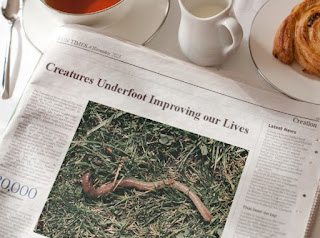Why Diving Marine Animals do not Drown

After discussing plans for marrying up my prospector friend Stormie Waters and her fiancée Roland Meadows, those two and some others lingered at my place to make chin music. Ruby Slippers was promoted to Matron of Honor and her husband is a groomsman. Ruby had a question about the Bajau "sea nomads," divers who go underwater for about ten minutes. She wondered how. They have certain physical qualities and practice, I told her. Sea mammals can go very deep for much longer periods because they were created for that life and we were not. Seal, Pexels / Daniel Lee When you hold your breath, you become aware of carbon dioxide buildup and getting air becomes very important. (Breathing too shallow can make you feel strange.) A seal can dive and forage for about half an hour. Some critters last even longer. They are aware of their oxygen levels instead of the carbon dioxide buildup, and have some help from the myoglobin molecule and other physiological differences. The Creator ...
.jpg)
.jpg)

.jpg)

.jpg)
.jpg)



.jpg)
.jpg)
.jpg)
.jpg)
.jpg)

.jpg)

,%20modified%20at%20PhotoFunia.jpg)